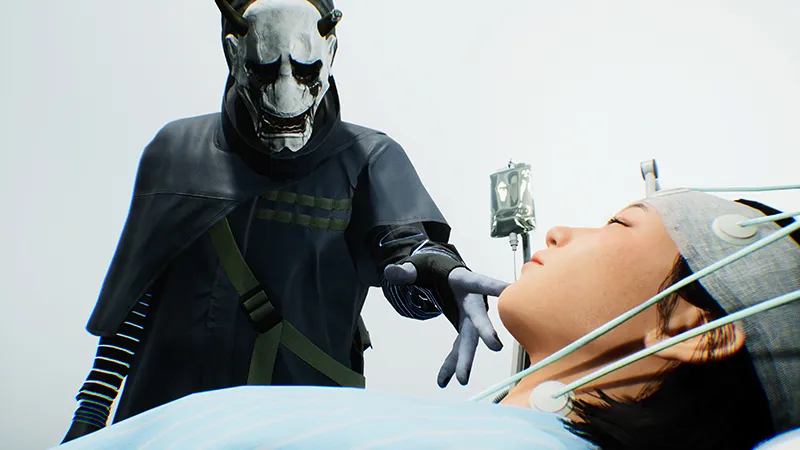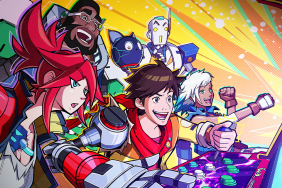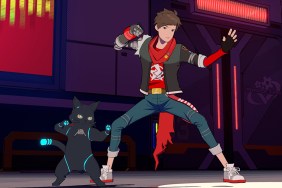Outside of titles like Spiritfarer, Death’s Door, and That Dragon, Cancer, video games don’t often deal directly with death, which is bizarre for a medium so focused on killing. Ghostwire: Tokyo is one of those rare games that does face the topic and weaves those themes into both its main and side missions. And even though the narrative isn’t its strongest feature, it is one aspect that sets the game apart and was a tricky balancing act for Tango Gameworks.
However, Game Director Kenji Kimura didn’t go into it wanting to have a more honest examination of passing on. He said that books from science fiction writer Chōhei Kambayashi as well as Connie Willis’ Passage may have been subliminally floating around in his brain, but looking at death was more of a byproduct of wanting to look at loss. It’s why the story immediately starts with so much of it: KK has lost his family and body, Tokyo has lost a sizable amount of its population, and Akito is about to lose his sister, Mari.
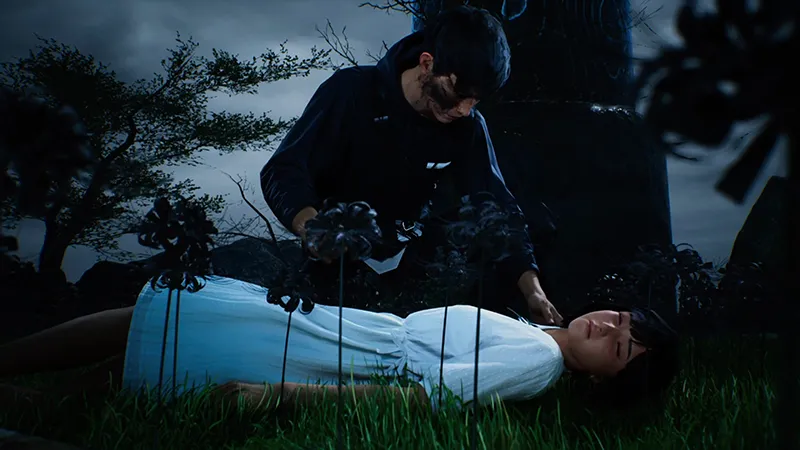
Akito’s relationship with Mari is central to the story. And while Akito’s main goal is to save her, the game flips that idea around on its head just before he actually gets to speak to her in the final mission. Hannya, the masked antagonist, brings up if she’d even want to be saved given her condition, which calls Akito’s mission into question, as well as how we look at life. It’s unexpected since we, as Akito does, often assume things of the dead or dying, especially in regards to whether they’d rather continue living. Kimura said this idea came from wanting to look into how conversations would go with people that we normally could not reach.
“The ability of communicating with the paranormal or the inability to do so or being blocked from doing so, was a key thought that we had in mind,” said Kimura. “Like people who are not with us anymore, Mari in this case, those are still alive have to cope with that, so how would you talk to them? So it sheds a little light on, ‘If I was able to communicate with this person, what would be that conversation?’”
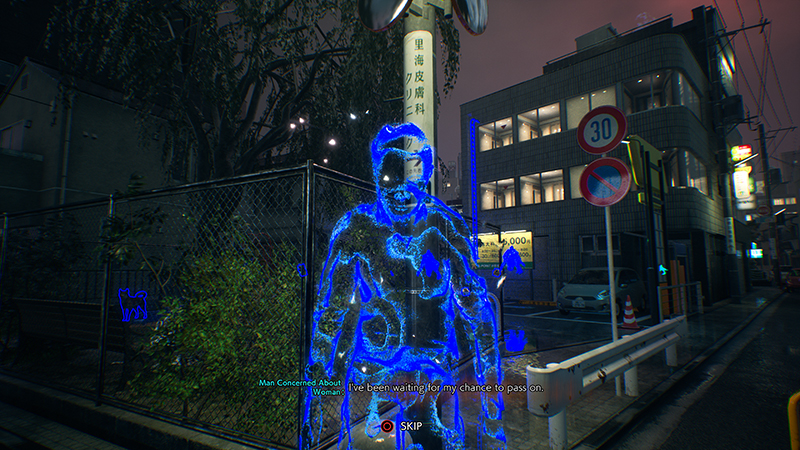
The main campaign is fueled by this sense of loss, but that also extends to many of the side missions. Some of the spirits left floating around the Shibuya ward are still lingering because of unfinished business and usually revolves around a grim subject: a factory where its workers are meeting a gruesome fate, the ancient warrior who haunts a building constructed on his old grave, a hoarder whose greed harms those even upon death.
RELATED: Ghostwire: Tokyo Review: Wonderfully Wired & Weird
While they are all their own standalone episodes, they’re mostly connected through their subject matter in a way that feels consistent with the game as a whole and reinforces its themes. This isn’t common in other open-world games where the side missions are mindless, repeatable content only designed to inflate the playtime and not contribute much, if anything, to the narrative. Game Designer Suguru Murakoshi said they looked at the aforementioned hoarder’s house as a template to see how much gameplay, story, and depth to put into each side quest. Kimura elaborated, stating it was a way for Tango to further engage with the mythology it is steeped within, in addition to creating alternate viewpoints on its heavier themes.
“In Japan, there are a lot of urban legends and we wanted to create entertaining experiences for players to experience them without getting too heavy,” said Kimura. “In every city, there’s probably like a hoarder who might be considered evil. We had to balance that out so they didn’t become too heavy on the theme of death. We created two characters, Akito and KK, the odd and funny two-man team, and that way there is more of a practical and easier way to approach death and talk about themes about facing and dealing with death.”
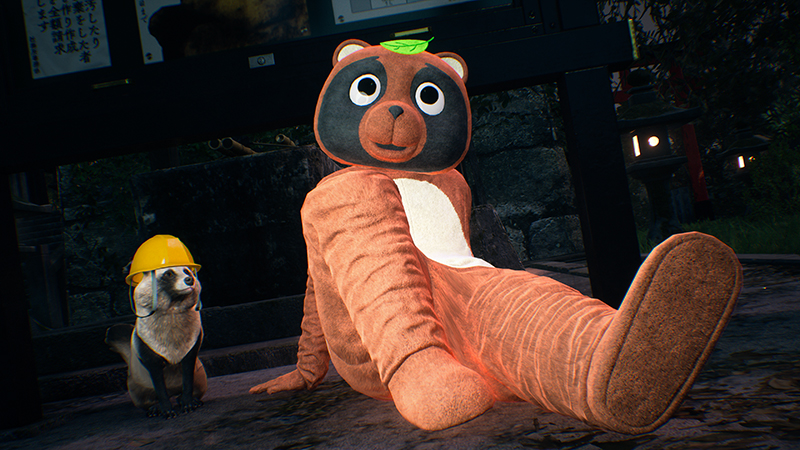
The latter parts of Kimura’s words refer to some of the sillier or more lighthearted side missions, like the quest regarding the raccoon-like creatures called tanuki. Ghostwire: Tokyo, despite its serious subjects, has some genuinely funny dialogue, which is mostly buoyed by Akito and KK’s banter that Kimura spoke of. It’s surprising, especially in the face of both The Evil Within games that contain almost zero comedy.
It wasn’t an accident either since Murakoshi said he deliberately wanted the game to be funnier to balance out its darkness. He said that Tango “didn’t want to make it too depressing without bringing some more lightness to the conversation.” He admitted that a horror game wouldn’t need these kinds of moments since it is a “different type of emotional journey.”
RELATED: How Ghostwire: Tokyo Emerged and Evolved From The Evil Within 3’s Ashes
Murakoshi said that this comedic tint is likely from Executive Producer Shinji Mikami. While Mikami is known for his serious games like Resident Evil 2 and Vanquish, he’s also played a key role in other goofier titles like God Hand, Shadows of the Damned, and Viewtiful Joe. His sense of humor can be most clearly seen in a recent video where he interviews the Ghostwire team while joking around the whole time, even directly making fun of Murakoshi right to his face after a particularly lengthy answer.
“[Mikami] is joking all the time and always saying something funny, like in our prolonged meetings, for example,” said Murakoshi. “There’s probably a lot of his humor that rubbed off on us and was something we placed onto the game.”
And even though the game is heavy on loss, it does open up and show the brighter sides of life, too. Akito comes to terms with his inability to confront his parents’ death and sister’s condition by telling them that he will going to start living his life “even if it means feeling weak,” something Hannya could not accept, which ended up spelling his demise. Loss has changed him for the better and also given him a new friend, KK, who also grows by the time the credits roll.
“[Everyone vanishing in Tokyo] is how KK meets Akito and even though there is loss, there is also something new that is gained through the encountering of new people,” said Kimura. “So it’s not all about death, it’s also about balance with positive things about life, too.”
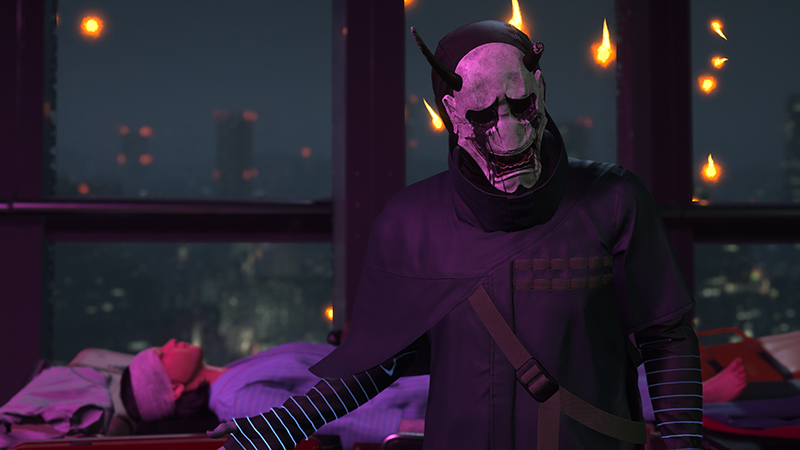
Mikami’s real-life personality may have influenced the game in Murakoshi’s eyes, but Murakoshi also put a little bit of himself into the game. His mother passed away a bit before working on the game, while his father passed during development. Losing two parents in such a short span is hard and Murakoshi said that the game with all of its looks into the afterlife and death, helped him grapple with the subject.
“I don’t think I would have been able to overcome it yet,” said Murakoshi. “I haven’t had much time to really face it from the front like the game does. But I am pretty sure my experiences during development have probably influenced some of the narrative that’s in the game and I am fairly sure this game has made me look at death in a different way than I would have if I wasn’t creating this game. There have probably been influences both ways.”
Real-life life and death is also reflected in the credits, as a brief tribute to ZeniMax’s co-founder Robert Altman is the first thing that pops up before the scores of living people who contributed to Ghostwire: Tokyo. It’s a fitting way to wrap up. The game’s narrative before those credits does leave a lot to be desired, though. It omits large portions of backstory and context, is often confusing, and ends right as it is ramping up. Yet, despite the occasionally faulty execution, its attempts to examine the taboo subject of death are notable, which ironically gives the game some more life.
